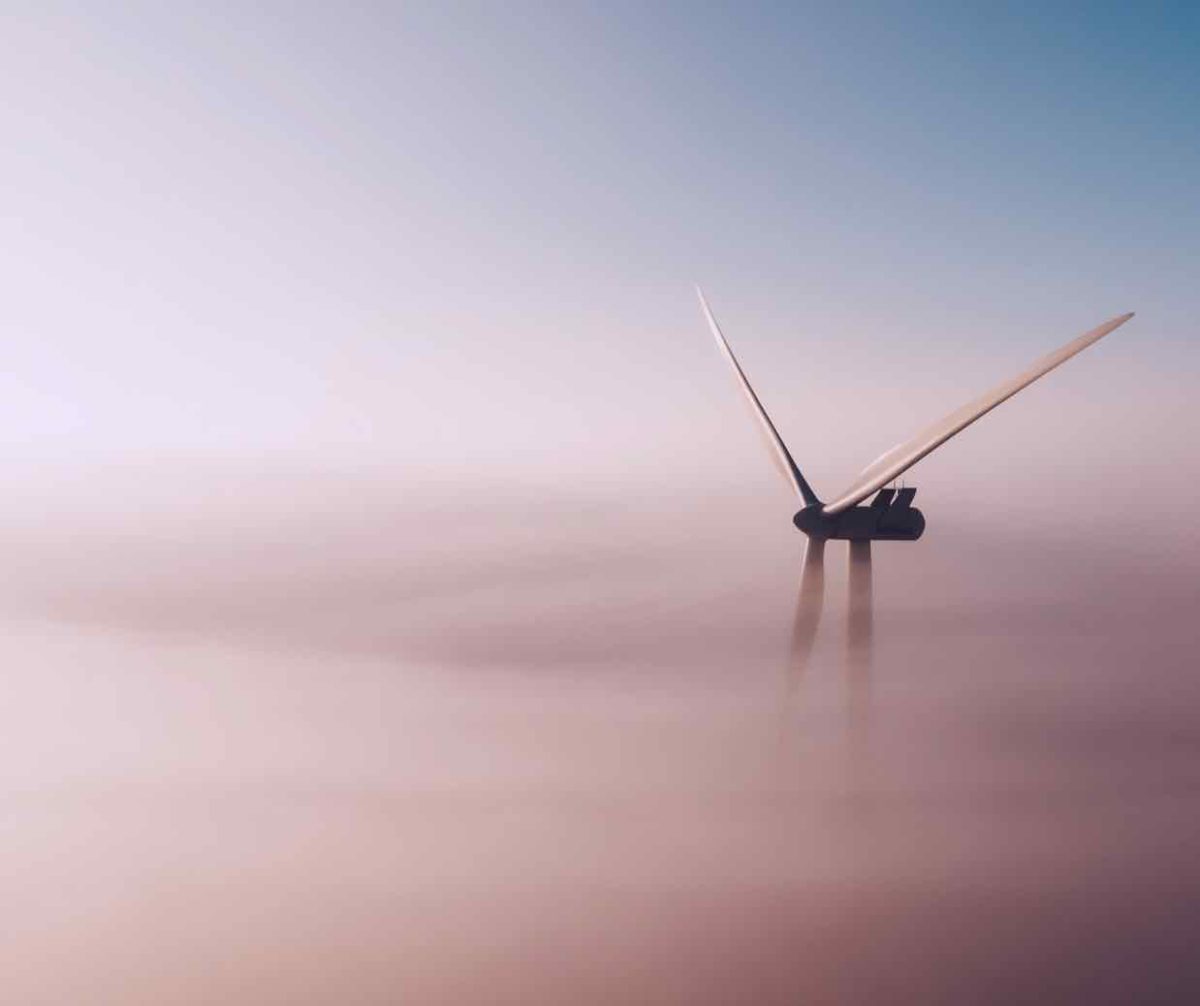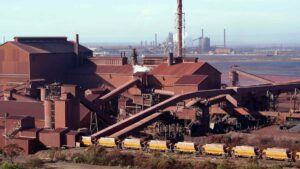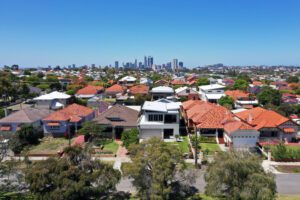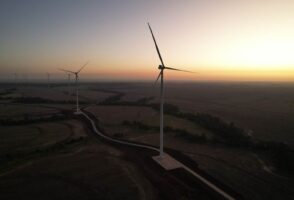The federal Labor government has rolled out the first of its $20 billion Rewiring the Nation program, including a multi-billion dollar package to support offshore wind in Victoria, pumped hydro in Tasmania, two major transmission links and new renewable energy zones.
The big ticket items from the two deals – negotiated with the Tasmania Liberal and Victoria Labor governments – include $1 billion in low cost finance to support the contested Marinus Link, along with pumped hydro developments and local network upgrades.
Victoria will contribute equally with the Tasmanian and Commonwealth governments to provide a total of 20 per cent of the project equity needed to deliver Marinus Link, hailed by the island state as its “battery of the nation” project.
There will be a further $1.5 billion of concessional finance from Rewiring the Nation available for six renewable energy zones in Victoria, including the necessary network conditions for offshore wind to help that technology bridge the cost gap with onshore renewable sources.
The two governments have also agreed to fast track regulatory processes to support the rapid development of the Victorian offshore wind industry, and to ensure it is in place before the last of the state’s brown coal generators leave the grid.
There also will be a further concessional loan of $750 million for the VNI West transmission project to ensure it is completed by 2028 and in a position to unlock some 4GW of new wind and solar projects in western Victoria.
Both Marinus and VNI West are part of the essential grid expansions identified by the Australian Energy Market Operator in its Integrated System Plan, the 30-year blueprint that maps out the path to an initial 80 per cent of renewables by 2030.
However, both transmission links have faced criticism from environmental groups, including former Greens leaders Bob Brown and Christine Milne in Tasmania, and some energy analysts about their environmental impact and their value for money.
Other analysts say Australia has little hope of reaching those ambitious renewable targets without the investment in multiple major transmission projects, particularly given the logistical and supply challenges, along with connection and integration issues.
“This is the biggest announcement of a Commonwealth investment in energy generation and transmission since the original snowy mountain skiing back in the 1940s,” federal energy minister Chris Bowen said in an interview on ABC Radio on Wednesday morning.
“And this is really important because we have 86 months to 2030 to reduce our emissions.
“Marinus is really important because it means that Tasmania which is currently at 100% renewables will now have the opportunity to get to 200% renewables and share that extra capacity with the mainland.
“This is a big deal. It’s been talked about for a long time, but we’re actually getting on with it.”
Rewiring Tasmania
For Tasmania, up to $1 billion of low-cost debt will go towards supporting its Battery of the Nation plans, which include using the island state’s pumped hydro projects to provide energy storage capacity to the Australian main-land, via the Marinus Link.
Some of the finance will go towards the $700 million project to double the capacity of the Tarraleah hydro power station, talking it from 110MW to 220MW.
Another chunk of the finance will go towards building new transmission lines to link Cressy, Burnie, Sheffield, Staverton and Hampshire, known as the North West Transmission Developments (NWTD), which will boost the capacity of Tasmania’s electricity network.
In a joint statement with Tasmania premier Jeremy Rockliff, the federal government said the NWTD projects would ensure Tasmania and the mainland reaped the benefits of one of the world’s best wind energy resources in the state’s north-west.
Wind and wires
Plans are underway to develop a couple of major wind projects in Tasmania’s north-west, including the $1 billion Robbins Island Renewable Energy Park proposed for development in two stages by UPC\AC Renewables, including the potential for a second stage of the wind farm to take its total capacity from 340MW to 900MW.
That project has stirred strong local opposition based on a range of concerns, including its remote location, its size, and the impact of the supporting infrastructure that would need to be built to around it.
Critics of the Robbins Island project range from local groups like the Circular Head Coastal Awareness Network and BirdLife Tasmania, to the founder and former leader of the Australian Greens, Bob Brown, who in 2019 said the project’s benefits were outweighed by its impacts on scenery and bird life.
One of the key concerns about the project has been the need to build a new transmission line connecting to Hampshire via Jim’s Plain, where UPC\AC has got the nod from the federal government to build another wind farm.
This link appears to be one of those to have won support from the federal government in the raft of announcements on Wednesday.
“This is the next economic frontier for Tasmania, and will not only create jobs and investment, but help our State to decarbonise so that families, households and businesses, both big and small, can benefit,” Rockliff said in a statement.
“This partnership provides much needed certainty for the project and a clear pathway to Final Investment Decision in late 2024.
“It secures Tasmania’s future through increased confidence for our energy companies, for developers about their investment decisions, and greater certainty of supply for affordable, reliable and clean energy that benefits all Tasmanians.”
A crucial piece of the jigsaw puzzle
The Clean Energy Council says the federal government agreements with Victoria and Tasmania on critical transmission projects will unlock massive investment and serve as a game-changer for Australia’s clean energy transition.
“A smart, modern and strong transmission system is a crucial piece of the jigsaw puzzle to deliver a lower cost, more reliable and clean energy power system and transition Australia to become a clean energy superpower,” said CEC chief Kane Thornton on Wednesday.
“Australia is rapidly transitioning to a more flexible, low-cost, clean energy system and transmission projects – such as Marinus and KerangLink – and energy storage play a crucial role in Australia’s energy future.
See also: Does Rewiring the Nation’s concessional finance really change the case for Marinus?










